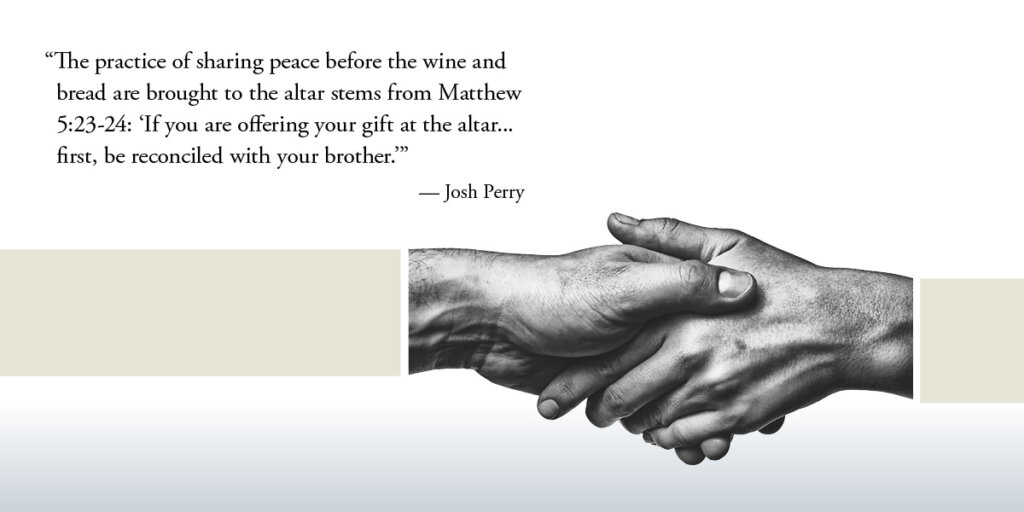
Reflections on spring
Robins are unreliable.
Don’t get me wrong, I do appreciate seeing them around the neighborhood after a particularly grueling winter, but I certainly don’t put all my spring eggs in their basket. Too many times I’ve seen them huddled in the front yard, shivering in a late season snowfall. Granted, it’s not the lasting snow of January and February, but it’s snow nonetheless, and it makes me glad that I haven’t gotten around to putting my winter boots away yet.
Goldfinches are a little better at announcing spring, even though they are here year round and spend the winter hogging the bird feeders. The intensity of their feather color is what signals the change. In January, for instance, they look rather drab — more or less gray with sallow undertones. However, as the days lengthen and the sun gets stronger, the sallow parts become cleaner and brighter until finally, they virtually glow on the tree branches, giving their name to the color they’ve become — canary yellow.
But as much as I love the birds, what really convinces me that spring will not only come again, but come soon, is my neighbor, Clint. Without fail, he begins his garden by planting peas on the same day every year. And that day is Good Friday.
Given the fact that Easter — and by extension, Good Friday — is a moveable feast, some years that is easier said than done. When Easter falls in late April, even the garden guides say that it is OK to till the soil for the early, cold-loving plants. But in other years, like this one, when the feast of the Resurrection barely makes it out of March, things get a bit trickier. That’s when it takes a great deal of faith to work the soil, when even the finches are only halfway to yellow.
Clint has been known to shovel snow off the pea beds so that whatever sun breaks through in March can warm the frozen earth; he blankets the soil with plastic to trap the elusive heat. Considerable thought and effort go into the process because he needs three relatively warm, friable inches of soil to plant the seeds. Hard work is rewarded, and by Good Friday the beds are ready, even if Clint has to wear his lined winter boots to do the actual planting. Peas appear about 10 days later.
I’m sure there are some people who think he’s a bit crazy, going to all this trouble for peas, but I see it differently. To plant peas when everything else is covered in snow is an act of hope. After all, that is what the promise of Easter is all about — bringing a glorious Resurrection out of the bleakness of Good Friday. If my neighbor can coax seedlings out of ground that should, by rights, still be frozen, then I say “Hurrah.”
He believes in spring’s Resurrection and is willing to put his back into proving it and becomes a spring blessing because of it.




